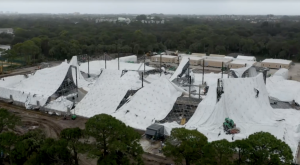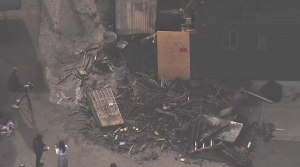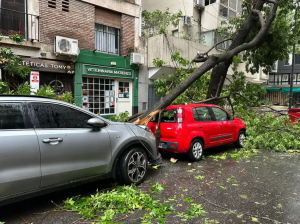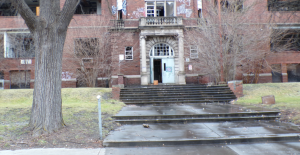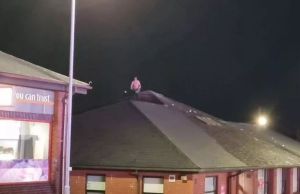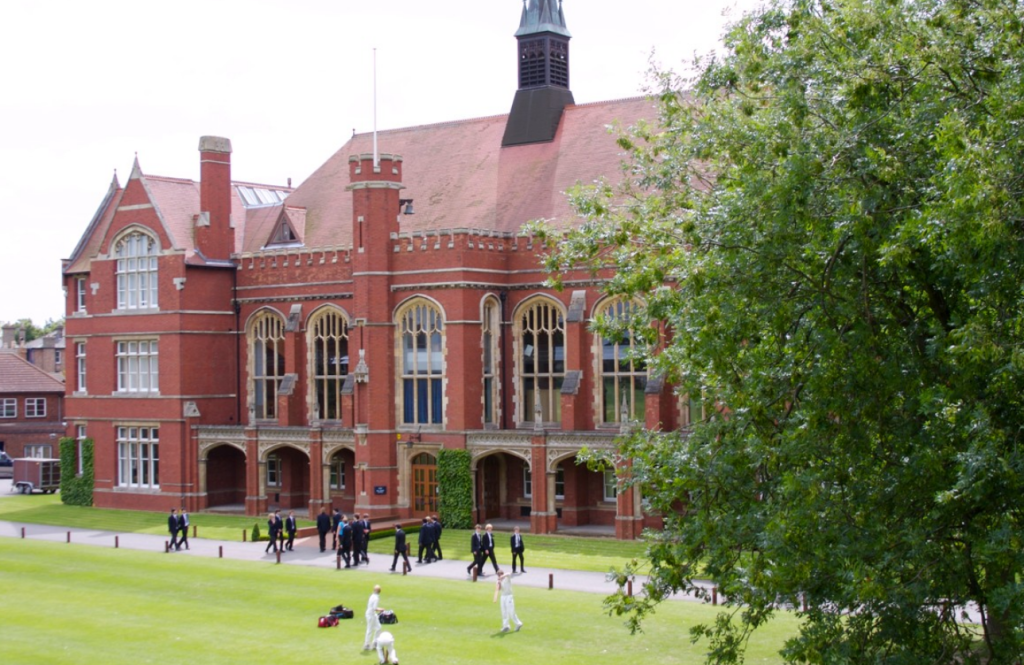
By Margot Miller
A damning National Audit Office report says that there are approximately 700,000 schools in England which need to be reconstructed or renovated.
The shocking number of 38 percent school buildings has exceeded their life expectancy. Many buildings built using RAAC in cheap, three-decade increments starting from the 1950s could collapse at any time. Nearly 600 buildings require urgent structural evaluations. Since a considerable time, both the Conservative Party as well as the education unions and the Labour Party have recognized the dangers that dilapidated structures pose for students and staff. The roofs on some buildings have begun to collapse, yet repairs are only progressing slowly.
After discovering serious structural issues at five schools between October 2021 and March 2022 the Department for Education increased the risk of building collapses from “critically likely” to “critically very likely”.
St Anne’s School in Liverpool and Fearnville Primary school in Bradford where a teaching staff member was injured by falling ceiling tiles, as well as Fortis Academy Birmingham are amongst the many schools that have been closed to rebuild for long periods of time.
One parent suffered injuries when the cladding from Dore’s Primary School, in Sheffield, fell. The 12- to 15-foot long fascia boards with four-inch nails that fell hit her in the face. This parent had an MRI done and was forced to miss three weeks work.
In a June 16 warning, the Institute of Structural Engineers raised concerns about the use of concrete on four Kent school roofs. The ceilings of Mistley Norman Church of England and Hockley elementary school in Essex as well as two schools operated by Bishop Bewick Catholic Education Trust were found to contain RAAC in June.
In 2018, the roof at Singlewell primary school in Gravesend was partially damaged, but there were fortunately no injuries. I find it particularly concerning that just 24 hours earlier, the roof had shown signs of stress. In response to the potential for tragedy, The Standing Committee on Structural Safety released a safety warning on the failure of RAAC Planks. It recommended replacing those installed before 1980.
RAAC can be used as an alternative to cement for school walls, roofs, and floors. It is also less costly. Chris Goodier claims to be an expert in construction materials. He says it’s a light aerated concrete without big particles. According to him, its properties and structural behavior are opposite to reinforced concrete. RAAC, which contains air pockets, loses strength after it gets wet. This is not the case with regular concrete.
After the UK stopped production of RAAC in 1982 due to concerns about safety, BRE declared that RAAC was no longer safe. In the UK, hospitals and other public buildings used this material. This is still in use in China, India, Central Asia and the Middle East.
Goodier who is leading a major NHS-funded research project says RAAC panels can be a good construction material if they are designed, made, installed and properly maintained. Our research indicates that this is not often the case when RAAC paneling was built between 1950 and 70. DfE’s records don’t indicate which schools were using RAAC panels.
A school safety accident that occurred in 2018 led the National Audit Office to report that the Department for Education was considering reinforced autoclaved aerated (RAAC), a light concrete that is prone of failure, as a possible issue.
DfE tried to delegate responsibility by sending out warnings and expanding the data collection programme. They also published a guide explaining how to detect RAAC. A questionnaire was sent to schools in March of 2022 asking if RAAC were present. While visual inspections of RAAC can be carried out, structural inspections that are more costly and time-consuming would give a more accurate result. However, they could cause disruption.
This report indicates that five years on from the original safety incident, remedial works are still mostly at the evaluation stage. While the Department for Education did make some progress during the last 12 months, they still lack comprehensive information on the scope and severity of any potential safety issues across all school sites.
By May 2023 only 42 percent out of 14900 buildings built between 1930-1990 had RAAC. In May, DfE promised to fund remedial work at schools with RAAC as a threat. DfE has identified RAAC in 572 schools, 24 of which require immediate remedial action.
DfE considers safety threats in school sites to be a serious threat, but NAO discovered that there is an inadequate capital budget for structural issues which increase the severity of this very risk. The DfE estimates that PS5.3 billion a year will be needed to maintain school buildings and minimize the worst cases of structural failure. But only PS2.3 million was spent between 2016-17 and 2020-23.
Since 2010, capital investment in school construction has fallen 50 percent, real dollars. The public debt continues to rise as the result of corporate bailouts and NATO’s proxy war against Ukraine.
In the report, asbestos was found in more than 13,800 blocks of “system-built”, with over one quarter in a weak condition. DfE approved only 200 plans and did not find the staff to do so. National Education Union says that since 2001, 300 school staff have been killed by mesothelioma due to exposure to asbestos. In the past forty years, asbestos-related school deaths have caused at least 10,000 tragic deaths of students and educators.
The inquiry is as useless as all other government inquiries. Every Whitehall department is required to assign a civil servant in order to find RAACs within public buildings.
Kevin Courtney said, the NEU’s joint general secretariat, that “action must be taken to combat the deadly asbestos hidden in our schools and significant funding should be put into place.”
A situation that was already terrible got worse after unions associated with NEU teamed up with Johnson’s government to put staff and children in unprotectable environments when COVID broke out. It was a reckless decision that has caused many deaths and left a lasting mark. People who contract this virus may now suffer from various ailments, such as a lack of focus and an increased number of cases type 1 diabetics. The coronavirus is suspected to have a direct connection with this illness.
In February the NEU and NASUWT as well as Unison, Unite and GMB wrote an open message to Gillian Keegan to ask what the government was doing to reduce the risks of buildings collapsing.
The unions cannot ensure the safety of schools if they continue to make ineffective appeals to government. While they work to resolve the teacher’s dispute about pay, funding and workload, they make it clear that they would accept an offer of pay below inflation if they met with the government and accepted their services.
The schools remain deathtraps as long as the class does not form their own independent Committees of Rank and Filers. To find out more, please contact the Educators Rank-and-File Committee.
Commercial roofing services are essential for a safe and functional roof. The professionals offer services such as inspections, upgrades, installation, and repairs. If you like or are interested in what we offer the solutions to your problem and in a professional way we will help you if you want to investigate further, go here The Roof Technician roof repair services in Toronto Expert roofing services will ensure a weather-resistant, durable roof that increases the value of your property and gives you peace of mind.
